Like their name suggests, the House Mouse prefers living in areas close to human habitation. In fact, because of humans they are one of the most successful rodent species. You can find this rodent nearly worldwide. Read on to learn about the House Mouse.
Description of the House Mouse
You likely think of this rodent when you picture a typical mouse. They have short legs, long tails, brown fur, and small rounded ears. Their tails also have a fine layer of fur. Most measure about three inches long and weigh no more than an ounce.
Interesting Facts About the House Mouse
Despite their common nature, these little rodents are quite unique. Learn more about what makes this mouse so interesting, below.
- The Fancy Mouse – Humans used this species to domesticate pet or “fancy” mice. They also use the domesticated version for laboratory testing.
- Invasion – Unfortunately, their popularity as pets and laboratory animals also means that people transport them around the globe. Inevitably, some groups escape and for invasive populations outside of their native range.
- Australian Agriculture – In fact, these invasive populations can become hugely detrimental to local wildlife and agriculture. In southeast Australia, the populations regularly reach high enough numbers to cause $36 million worth of damage per year.
- Non Plague – Surprisingly, despite their other pesky ways, these rodents rarely spread the bubonic plague. In rats, the fleas that the rodents carry spread the disease to humans. In this mouse species, their fleas rarely bite human hosts.
Habitat of the House Mouse
For the most part, these mice live their entire lives in close proximity to humans. Their favorite habitats include barns, houses, sheds, and other similar structures. Some do range into fields, grasslands, and open woodlands. However, they often return to manmade buildings during the colder months.
Distribution of the House Mouse
Naturally, this species ranged throughout virtually all of Eurasia and into northern Africa. The only places that their range didn’t extend to are the most extreme regions of northern Russia. Even in these regions, some small pockets of population subsist near human habitations.
Humans have introduced this rodent virtually across the globe. You can find this species throughout much of North and Central America, and along most of the coastline of South America. Invasive populations also live in southern Africa, and throughout Australia and the surrounding islands.
Diet of the House Mouse
This species is omnivorous, which means that they eat both plant and animal matter. For the most part, they hunt insects and other invertebrates. Their usual diet contains a variety of seeds, berries, roots, stems and more. They also eat caterpillars, spiders, cockroaches, insect larvae, and carrion.
House Mouse and Human Interaction
Humans and mice interact in a multitude of ways. Though some people own the domestic variation as pets, most people conflict with mice rather than voluntarily cohabitating with them. They live within houses, barns, and other manmade structures, and often collect discarded food or livestock grain for food.
In addition to eating grain, they also spread pests and disease, and contaminate food. Other pets, like dogs and cats, can contract fleas and ticks from a mouse infestation.
Domestication
Humans have domesticated this species for two primary purposes, as pets and as laboratory animals. Pet mice come in a variety of colors. Humans can also selectively breed these rodents for specific genetics or mutations for laboratory study.
Does the House Mouse Make a Good Pet
Yes, the domestic version of this species does make a good pet. When properly socialized, they can be quite friendly. However, you should never keep a wild animal as a pet, as they can spread parasites such as fleas.
House Mouse Care
This species is quite easy to care for. They thrive in groups, and do not require extensive space. These rodents do well with soft bedding and plenty of spots to hide. Like all rodents, they must gnaw to grind down their ever-growing front teeth, so you should provide them with items to chew on.
You should provide fresh food and water at all times. The commercially produced rodent food provides all their necessary nutrients, but you can also feed fresh fruits and vegetables.
Behavior of the House Mouse
These creatures generally live in nests or tunnels with several different chambers. They are nocturnal, which means that they are most active at night. Groups do not work together to catch food, but they will feed from the same food source.
Their social groups usually contain a dominant male and several breeding females. Their offspring remain for a time, but must leave when they want to reproduce themselves.
Reproduction of the House Mouse
A single female can produce between 5 and 10 litters in a single year. The gestation period lasts about 3 weeks. A litter contains about 5 or 6 young, which grow quickly. Mothers wean their young at about 3 weeks old, and the young mice can reproduce when they are about 6 weeks old.

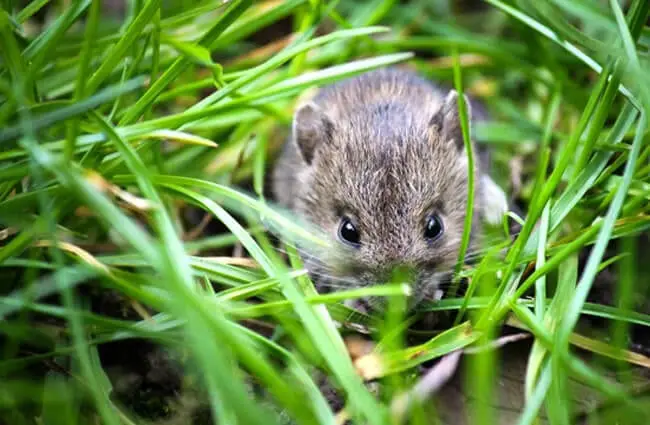


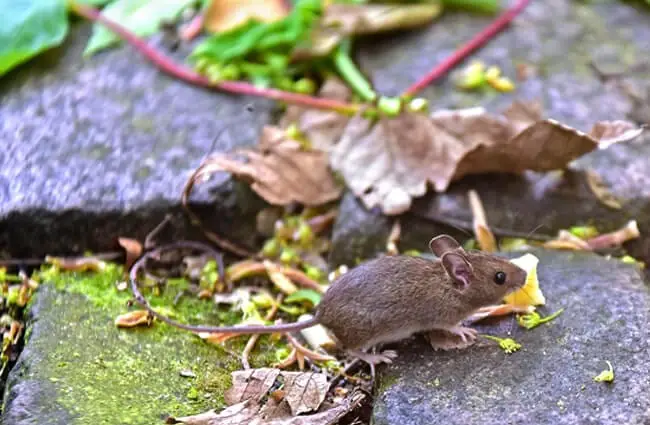
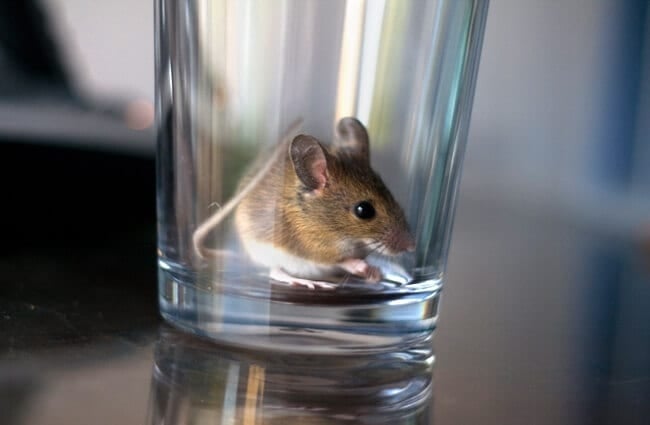



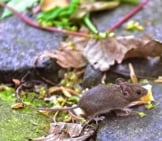
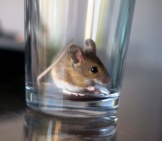
![Red Angus Closeup of a beautiful Red Angus cowPhoto by: U.S. Department of Agriculture [pubic domain]https://creativecommons.org/licenses/by/2.0/](https://animals.net/wp-content/uploads/2020/03/Red-Angus-4-238x178.jpg)
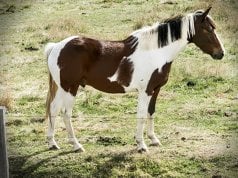

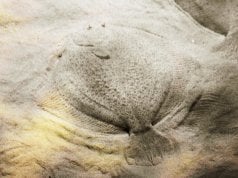

![Red Angus Closeup of a beautiful Red Angus cowPhoto by: U.S. Department of Agriculture [pubic domain]https://creativecommons.org/licenses/by/2.0/](https://animals.net/wp-content/uploads/2020/03/Red-Angus-4-100x75.jpg)

